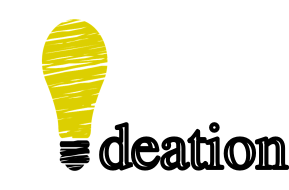
You need an idea to develop a product. The idea generation, or ideation, phase is the first step in the new product development process. Your target audience serve as the foundation for producing concepts.
Ideas can be born from market research, analyzing customer requirements, identifying technological gaps, competing products, novel designs, and existing product issues.
Ideation unfolds in multiple stages, commencing with innovation and culminating in actualization.
After you identify an idea you move on to creating a product based on it. This involves detailing your product concept and understanding the landscape that it will live in.
This is the time when you carry out market research to understand consumer behavior and the target market. It is also a time to identify possible intellectual property (IP opportunities.
Additionally, it involves receiving feedback from customers about your proposed product, conducting surveys, and learning about their needs and issues concerning a certain product. You will also conduct rigorous feasibility studies to determine if the concept is both viable and sustainable.
In the conception phase, the product concept is refined, and a detailed Product Requirements Document (PRD) is created. The PRD maps out product features, specifications, and functionality.
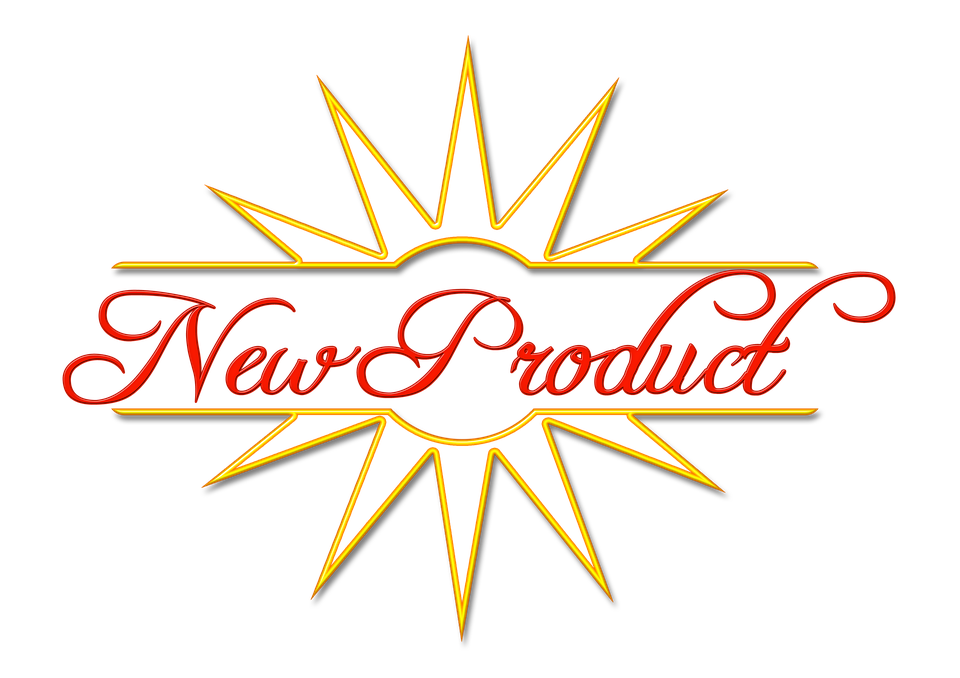
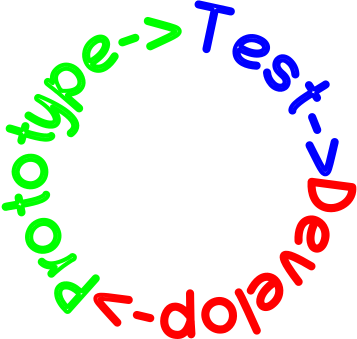
The next three phases, Development, Protoyping, and Testing, are conducted in a loop meant to continuously refine your concept to create the finished product.
In short, the Development phase involves creating your initial design files for the product concept, the Prototyping phase involve building the first prototypes of the product concept, and the Testing phase is where the testing of the product concept is defined and conducted.
As mentioned, theses three phases are conducted in a loop fashion. Typically, the recommended minimum number of loops is four consisting of the proof-of-concept, engineering prototype I, engineering prototype II, and then the final engineering prototype, however, the loop will really end when you have finally achieved the minimum viable product (MVP).
Each loop through will further refine the product concept and ready the product for compliance certification and production.
The Manufacturing phase is a critical transition point in the product development process, where your concept and design evolve into a tangible, market-ready product.
This phase requires careful planning and coordination to ensure a seamless transition from the development phase into the manufacturing phase.
This is where you finally turn your vision into reality by identifying your manufacturing partner, setting up your supply chain and logistics plan. and finally getting production on line.
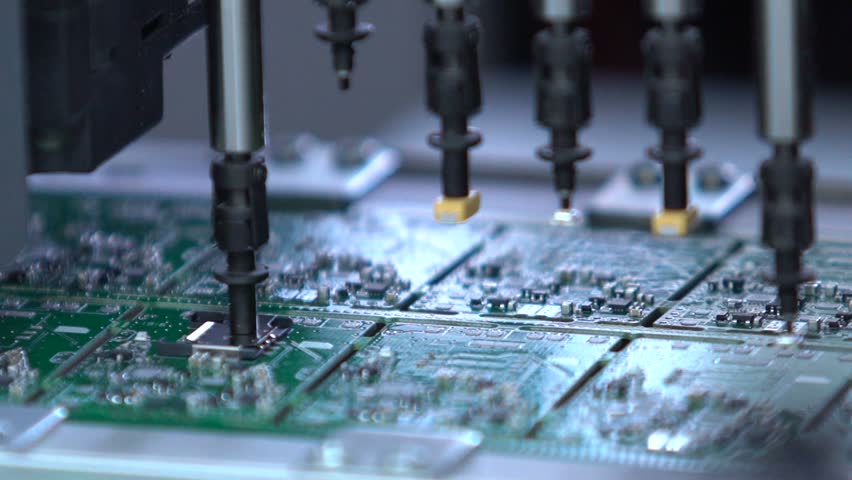
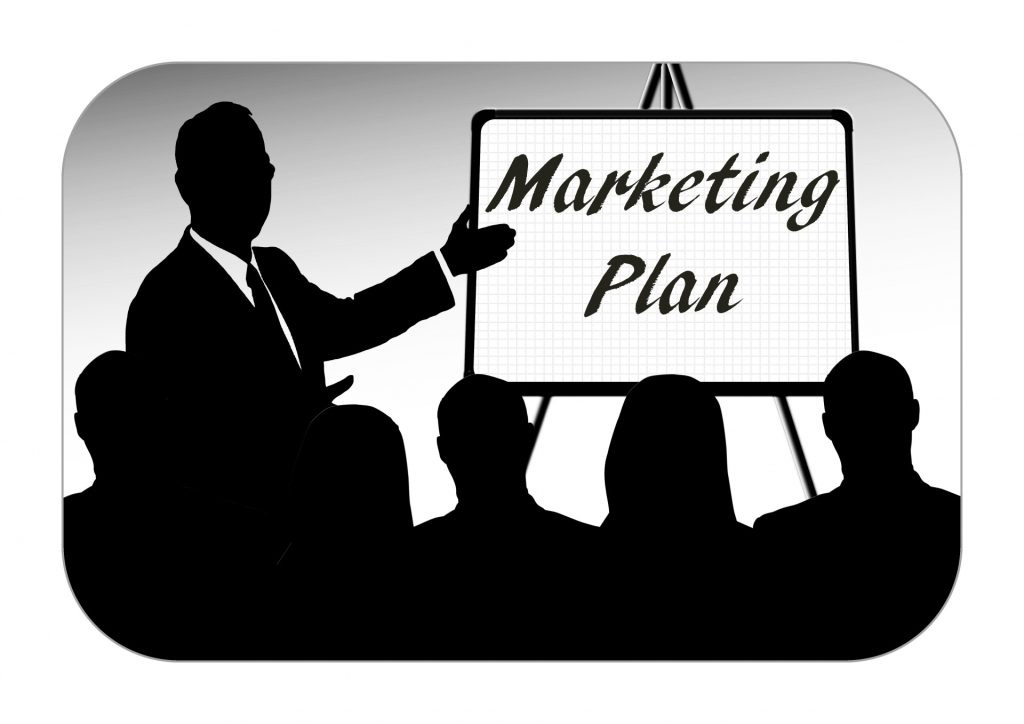
During the Conception phase, your marketing team should have begun working on a robust marketing strategy. This strategy would encompass various elements, including identifying your target audience, crafting compelling marketing messages, and selecting the most effective marketing channels. The goal being to create anticipation and generate interest in your product before it even hits the market.
Deciding on the right pricing strategy is a pivotal element of your product’s success. It should be based on a thorough analysis of production costs, market demand, and competition. The chosen pricing strategy should balance profitability and affordability for your target audience.
Identifying your distribution channels is equally important. Whether you opt for a direct-to-consumer approach, selling through retailers, or a combination, the choice should align with your target market’s preferences. Setting up efficient distribution channels ensures that your product reaches your customers effectively.
Managing the logistics of getting your product to market is a multifaceted task, including transportation, warehousing, and inventory management. Efficient logistics are essential for on-time delivery and maintaining an optimal level of inventory to meet demand without overstocking.
The product launch is a truly significant event that requires careful orchestration. This when your product finally steps into the spotlight, and first impressions are crucial to long-term success. You want to generate awareness and excitement among your target audience, building anticipation for the product’s availability.
Let’s Connect
Please fill in and submit the form below so we can connect and discuss your project.
